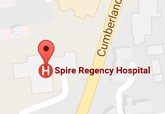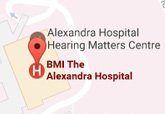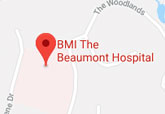Herniated Disc
Symptoms
The most frequent symptoms of a herniated disc in the lower back is pain radiating from this region into one of both of the legs. Similarly, in the cervical spine, pain radiates into the arms.
Description
The disc has a tough outer layer (annulus) surrounding a jelly-like substance in the centre (nucleus). A herniated disc occurs when the nucleus breaks through the outer tissue layer. The discs are in front of the spinal cord and exiting nerves, and the herniated material may compress the nerves.
Treatments for Herniated Disc
Non-surgical treatment options for a herniated disc include bed rest, non-steriodal anti-imflammatory medications, light physical activity such as walking and patient education. Physical therapy and/or chiropractic care may be initiated. Use of epidural steroid injections may also be considered if pain persists. Indications for surgery include failure of pain to improve with non-surgical treatment and the correlation between clinical symptoms and imaging findings. Lumbar discectomy is the most common surgical treatment for a herniated disc.




